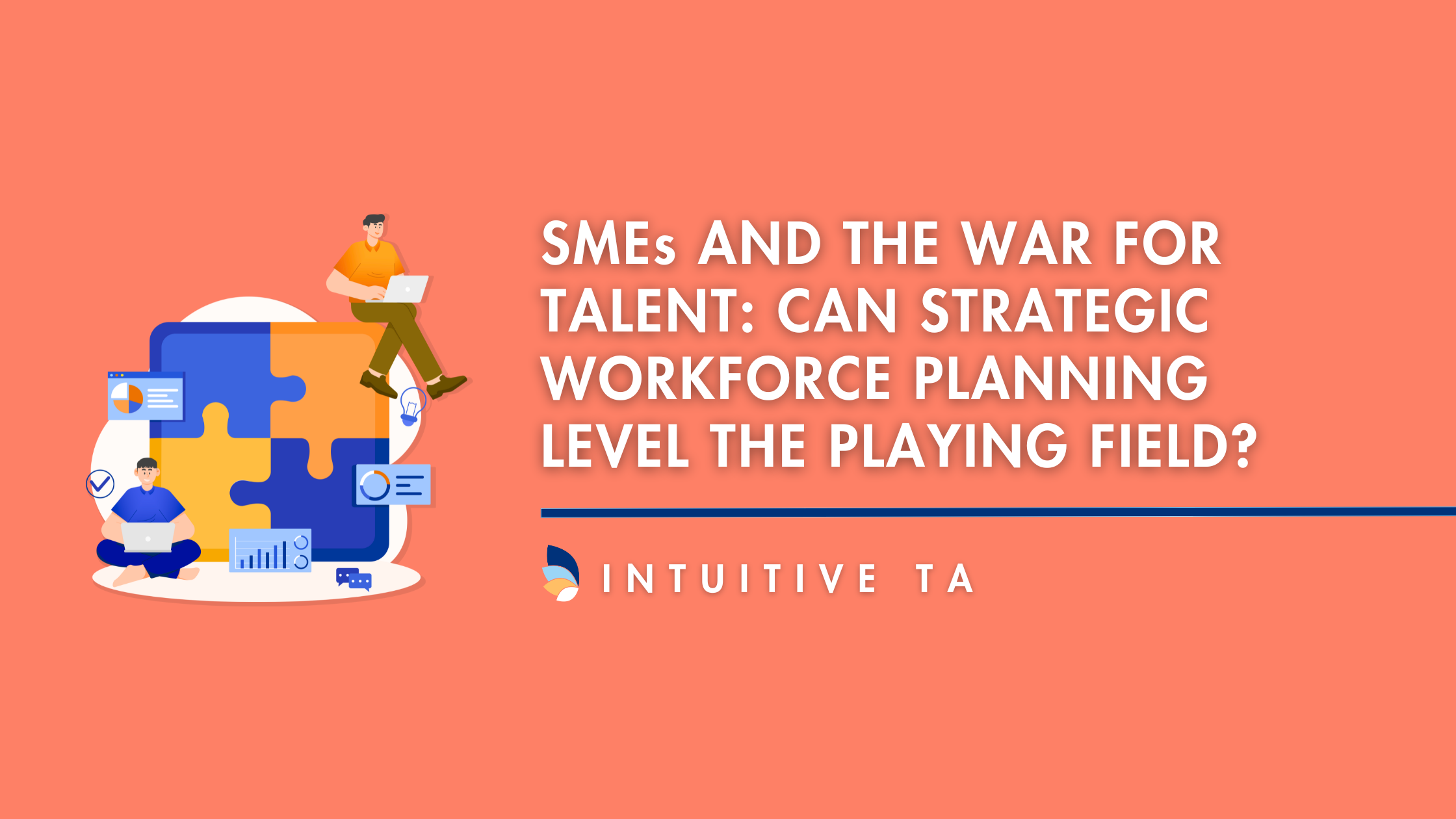We asked some of our key SME HR leaders what was keeping them up at night and many of them pointed to the same issue: workforce planning.
Not just filling roles, but how to do it strategically, affordably, and sustainably, especially in a market where the competition for talent is relentless, and hiring mistakes are costly.
Singapore’s SMEs make up the vast majority of the business landscape. But in today’s market, they’re competing with global firms for a limited pool of high-demand talent. Whether you’re in fintech, clean energy, digital commerce, or manufacturing, the challenge is the same:
How do you build a capable, future-ready team without the scale or budget of a large enterprise?
The answer lies in strategic workforce planning. And it’s not as complex or out-of-reach as many think.
5 Practical Workforce Planning Moves for Singapore SMEs
1. Start with Business Goals, Not Headcount
Rather than thinking, “I need 5 more people,” ask:
- What are our growth objectives over the next 6–18 months?
- What outcomes do we need to deliver?
- What capabilities are critical to get us there?
This approach ensures you’re hiring for impact, not just adding overhead.
2. Blend Permanent and Fractional Talent
You don’t need a full-time Head of Finance or TA Manager to get started.
Instead, consider fractional hires:
- A contract recruiter for a 3-month hiring sprint
- A part-time marketing strategist to guide campaigns
- An interim HR lead to design people processes
This model allows you to access high-level capability without long-term commitment, giving your team the support it needs, when it needs it without inflating fixed costs.
3. Use Government Schemes to Build Internal Capability
Singapore’s government actively supports SME workforce development. Take advantage of:
- EnterpriseSG’s Enterprise Development Grant (EDG) – to fund HR planning or job redesign
- SkillsFuture Enterprise Credit (SFEC) – to offset training and tech adoption costs
- WSG’s Career Conversion Programmes – for subsidised mid-career talent in new roles
These tools can help you close skill gaps without over-recruiting.
4. Create Internal Mobility & Stretch Opportunities
Retention is often cheaper than recruitment. Identify team members who are ready for more and offer:
- Stretch assignments
- Cross-functional exposure
- Coaching from fractional experts
This builds bench strength while keeping your team engaged.
5. Track Your Talent Risk
Many SMEs have hidden workforce vulnerabilities:
- A single person holding critical IP
- No succession for key roles
- Reliance on outdated skill sets
Simple heatmapping of your roles, risk, and readiness can help you proactively address gaps before they become business blockers.
Why This Matters More Than Ever
With Singapore’s tight labour market, MOM’s COMPASS framework, and increasing pressure to build local capability, SMEs must think differently about talent.
Larger firms may have the brand and budgets -but SMEs have speed, flexibility, and the ability to attract people who want impact and autonomy.
By shifting from reactive hiring to deliberate workforce planning, and combining permanent staff with fractional talent, SMEs can stay lean, competitive, and future-ready. The war for talent isn’t just about scale: it’s about smart strategy.
And strategic workforce planning, paired with fractional flexibility, is how SMEs win.


